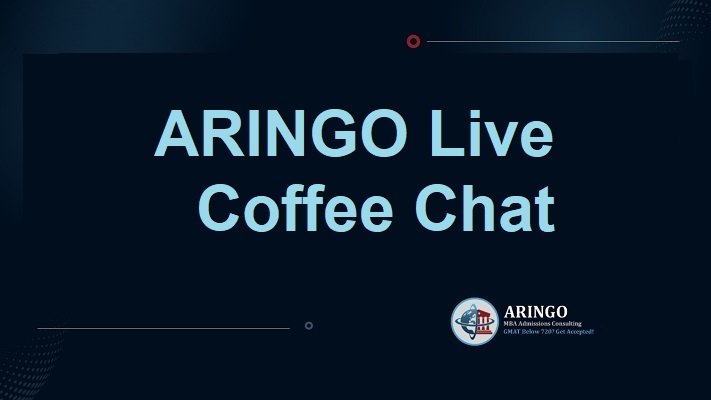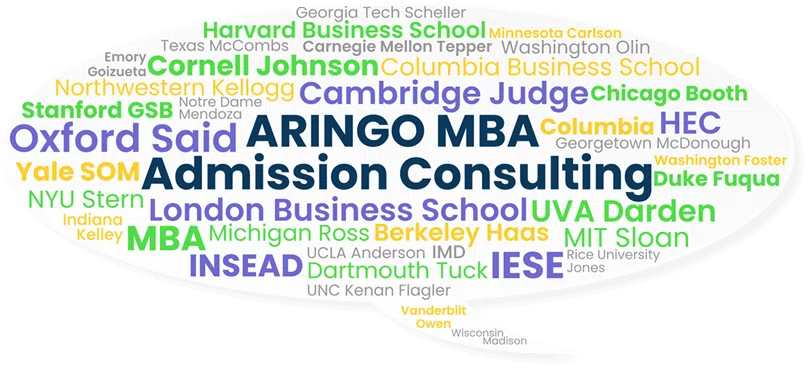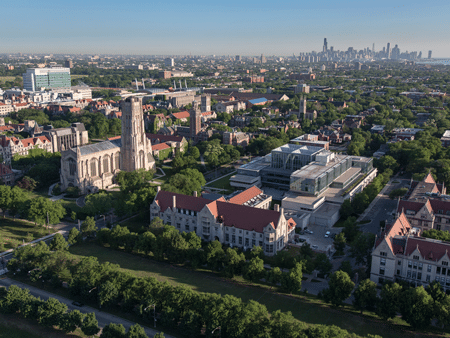What Trump’s $100K H-1B Visa Fee Means for International MBA Applicants
By Shimri Winters, ARINGO MBA Admissions Consulting Owner and a London Business School alumnus.
President Trump has signed a proclamation introducing a $100,000 annual fee on H-1B visa petitions. The announcement has created headlines around the world, leaving many international MBA applicants wondering if this should change their plans to study in the United States.
What does this mean for international MBA students?
The short answer: nothing has changed for now. Student visas (F-1 or J-1), OPT, and STEM OPT remain exactly as they were. The new fee applies only to employers who want to file new H-1B petitions in the future.
What happens for international MBA graduates:
- A regular MBA (non-STEM) gives you 12 months of work authorization after graduation through OPT.
- A STEM-designated MBA track allows you to extend work authorization up to 36 months.
- The new $100,000 fee would come into play only if your employer later applies for an H-1B on your behalf.
Or in short: Even if you begin your MBA in 2026 in a STEM-designated track, your first H-1B application would likely take place in 2031. That timing falls squarely within the next U.S. administration, by which point visa policies may well have shifted.
Why this might be an opportunity
- Some international candidates may decide to avoid U.S. schools, which could make it easier for determined applicants to win spots at their dream programs.
- If you start your MBA in 2027, you will graduate around 2029. With STEM OPT, you can work in the U.S. until at least 2032, which is well into the next presidential administration. History shows that visa rules often shift, and with strong pressure from the tech industry, it is unlikely that MBA graduates will permanently lose work opportunities.
- Even for non-STEM students, the same timing logic applies. You would still have OPT time, and employers who truly need your skills will continue to sponsor visas despite higher costs.
Questions MBA applicants are asking:
Question: Should I still apply to U.S. MBA programs despite the $100,000 H-1B fee?
Answer: Yes. The rule has no effect on student visas or OPT. It only impacts future H-1B filings, and many legal experts expect challenges in the courts. As mentioned above, this might only be relevant for you in 2031, and till then there will be a presidential and administration.
Question: Does this make STEM-designated MBA programs more attractive?
Answer: Absolutely. STEM MBAs provide up to 36 months of work authorization after graduation, buying you time until at least 2031. By then, policies are likely to evolve.
Question: Will companies still sponsor international MBA graduates?
Answer: Large employers in tech, consulting, and finance have budgets to handle the additional cost. The biggest impact may be on smaller firms, but top graduates from strong programs will remain competitive.
Question: Is the U.S. still worth it compared to Europe, Canada, or Asia?
Answer: Yes. While demand may gradually increase for programs in Europe and the UK, U.S. business schools remain the most prestigious worldwide, offering unmatched recruiting opportunities and global recognition. That said, it is prudent to apply broadly and keep strong programs in Europe, Canada, or Asia as part of your overall strategy.
The bottom line for MBA hopefuls
- Nothing has changed for your ability to study in the U.S.!
- This policy may actually improve your chances of admission if fewer international candidates apply.
- Even if you start studying in 2028, your visa timeline carries you safely into the next administration, when rules are likely to adjust again.
- Both STEM and non-STEM graduates will still find viable paths to work in the U.S.
So, while the headlines may sound alarming, the reality is more measured. If your goal is a U.S. MBA, this is still an excellent time to apply.





